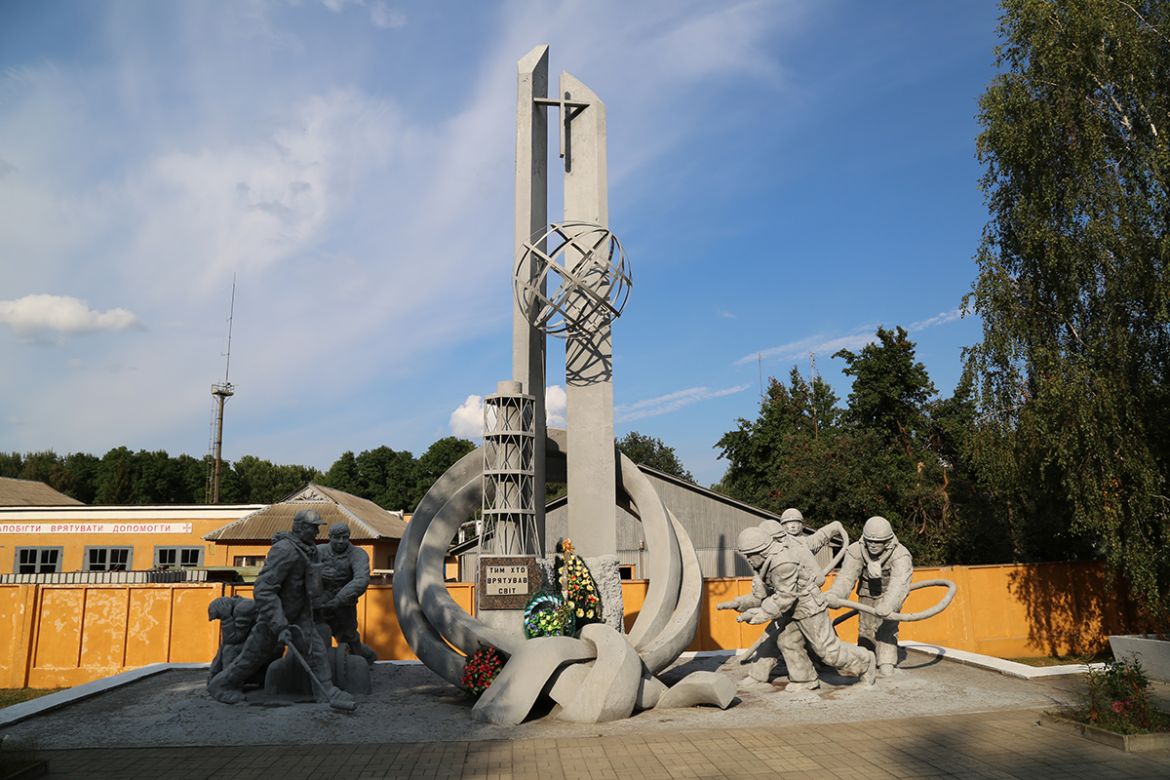In Pictures
From nuclear disaster to Chernobyl’s booming tourism
Some 50,000 people visited the Chernobyl Exclusion Zone, one of the most radioactive places on Earth, in 2017.
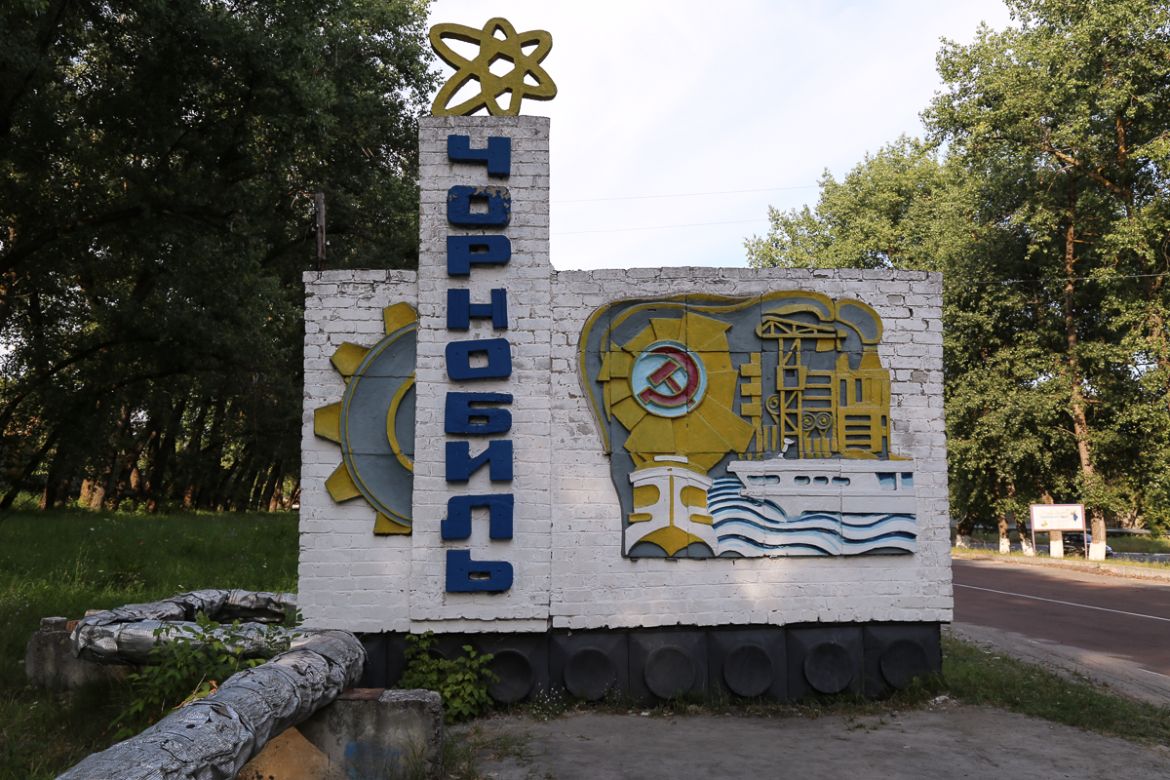
Three decades since a reactor at the Chernobyl power plant exploded in one of history’s worst nuclear disasters, tourists are flocking to the site in Ukraine, drawn by the chance to see the epicentre of a catastrophe that gripped the world’s attention.
On April 26, 1986 reactor No 4 exploded while scientists were conducting a safety test. The explosion and subsequent fire sent clouds of radioactive smoke across the USSR and into Europe.
Known as the Chernobyl Exclusion Zone, the towns and villages within a 30-kilometre radius around the destroyed reactor were evacuated of hundreds of thousands of inhabitants following the disaster.
In 2011, the Ukrainian government opened the Exclusion Zone to tourists over the age of 18. It remains one of the most radioactive places on Earth, though authorities insist it is now safe to visit.
Reclaimed by nature
About 50,000 people visited the Exclusion Zone last year, more than triple the number who came in 2015. An estimated 60 percent of the visitors are foreigners. In the Exclusion Zone, they find abandoned Soviet cities frozen in time and once-bustling urban centres reclaimed by nature.
|
|
The Exclusion Zone is governed by a separate legal entity from the rest of Ukraine and passports are thoroughly checked as visitors pass through two checkpoints into the area. On the way out, everyone must clear two rounds of radiation control, in which scanners check for radioactive dust.
Most visitors employ the services of a handful of tour companies who run buses to Chernobyl two hours north of Kiev. For a small fee, they also provide tourists with their own Geiger counters to measure radiation levels.
Sergei Mirnyi is the founder of the largest Chernobyl tour company. In 1986 he was working as a chemist in Kharkiv, Ukraine when the Chernobyl disaster unfolded. He was drafted into service as a commander of a radiation reconnaissance military unit and spent weeks in Chernobyl measuring levels of radioactivity in some of the most contaminated areas.
Enlightenment tool
Myrnyi said it’s his responsibility to spread awareness of what took place at Chernobyl, and visitors take away more from the experience than the momentary thrill of so-called “dark tourism”.
“I happened to be in this important place at the right time in the right position with the right qualifications to be a well-informed witness,” he told Al Jazeera.
“Tourism is a very powerful enlightenment tool. Many people leave Chernobyl with a different perspective than they arrived with.”
Mirnyi said the majority of the visitors are between 25-40 years of age and that the tourism has led to greater open-mindedness.
“The generations that lived through Chernobyl were terrified by the disaster. For the new generations, Chernobyl is an important event that they can view logically in a historical context.”

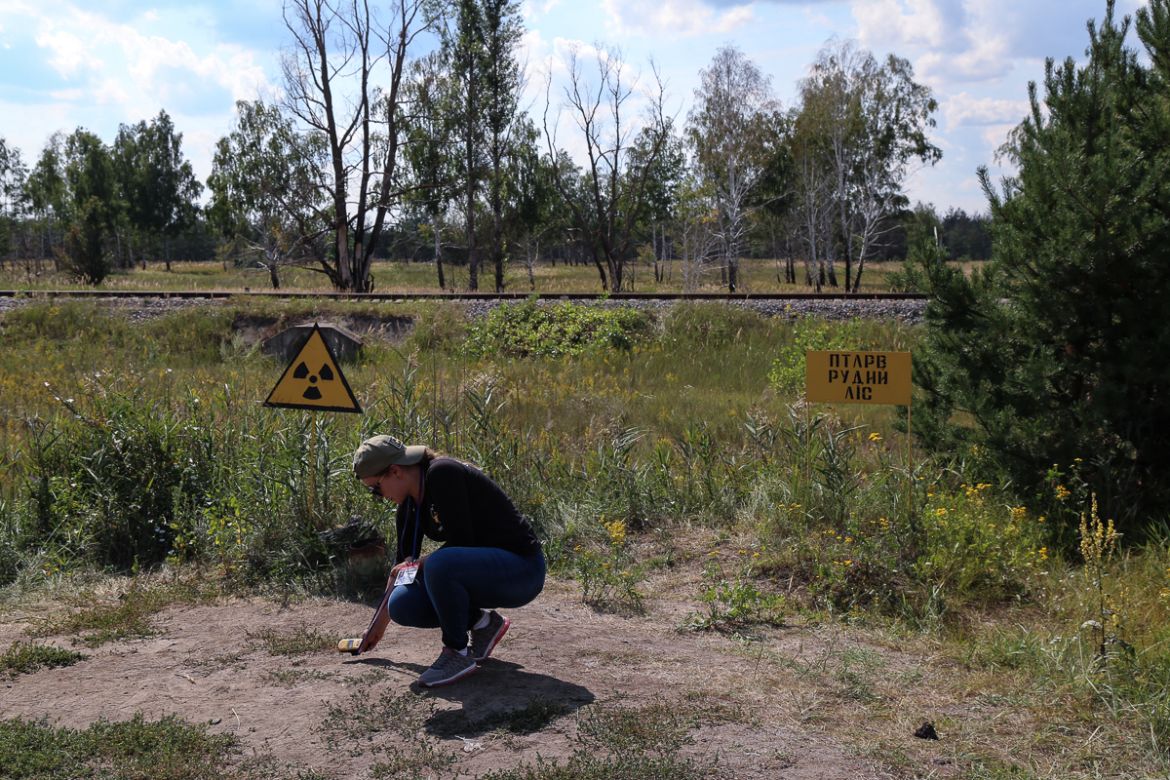

![Bunk beds in an abandoned kindergarten in the village of Kopachi. [Blake Sifton/Al Jazeera]](/wp-content/uploads/2018/09/f28e945aec12426b92b24cc30e08fdfb_8.jpeg?fit=1170%2C780&quality=80)
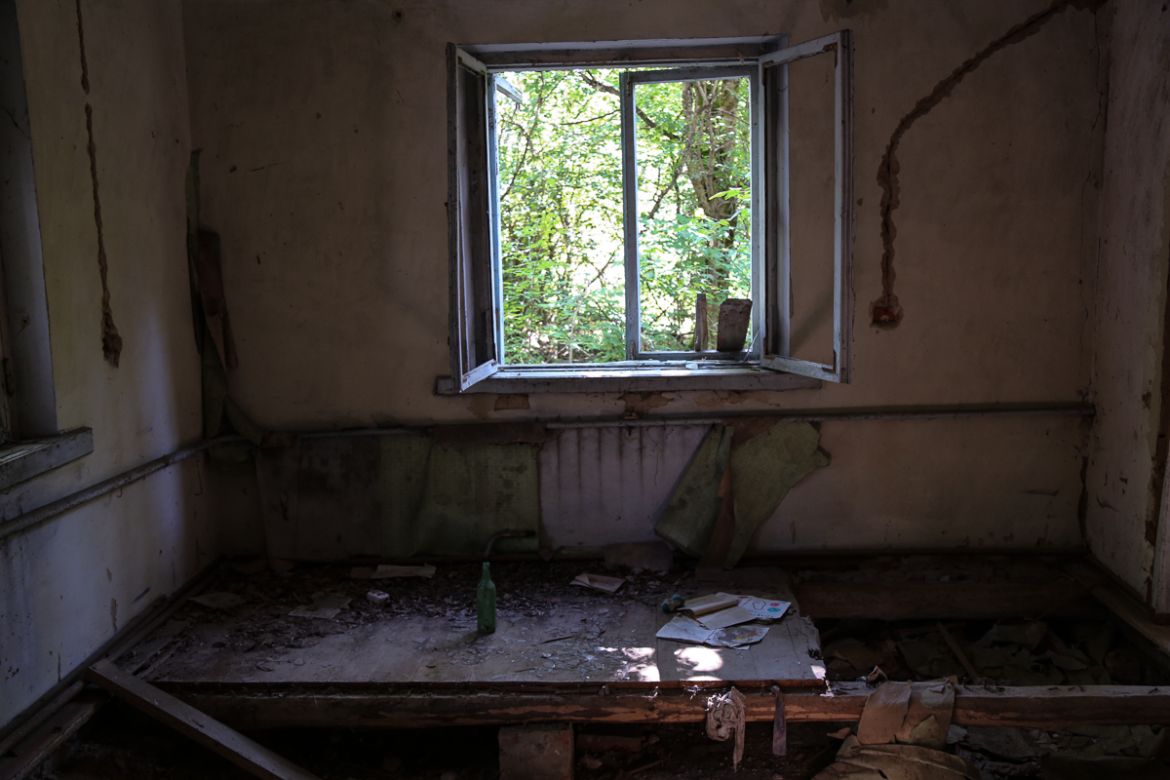

![Purpose-built in 1970 to attract some of the Soviet Union''s best scientists and their families, Pripyat enjoyed amenities unavailable in other communities. [Blake Sifton/Al Jazeera]](/wp-content/uploads/2018/09/7b11dfdd6af64802aadf7f2aa3627679_8.jpeg?fit=1170%2C780&quality=80)
![An amusement park in Pripyat was scheduled to open to the public during May Day celebrations only days after the nuclear disaster. It was never used. [Blake Sifton/Al Jazeera]](/wp-content/uploads/2018/09/6f1ba28929a64be7819cdfcfae9caa9b_8.jpeg?fit=1170%2C780&quality=80)
![Radiation levels mean Pripyat will never again be inhabitable. But much of the city has been overtaken by the nearby forest, including its ruined sports stadium. [Blake Sifton/Al Jazeera]](/wp-content/uploads/2018/09/8c4e72b24171439bb7cb47701afb0f91_8.jpeg?fit=1170%2C878&quality=80)

![A Soviet over-the-horizon-radar system built to detect incoming intercontinental ballistic missiles was secretly housed in a military base near the Chernobyl nuclear plant. [Blake Sifton/Al Jazeera]](/wp-content/uploads/2018/09/f2c4a3b598bf45a9b394ed2f1e273ed9_8.jpeg?fit=1170%2C780&quality=80)
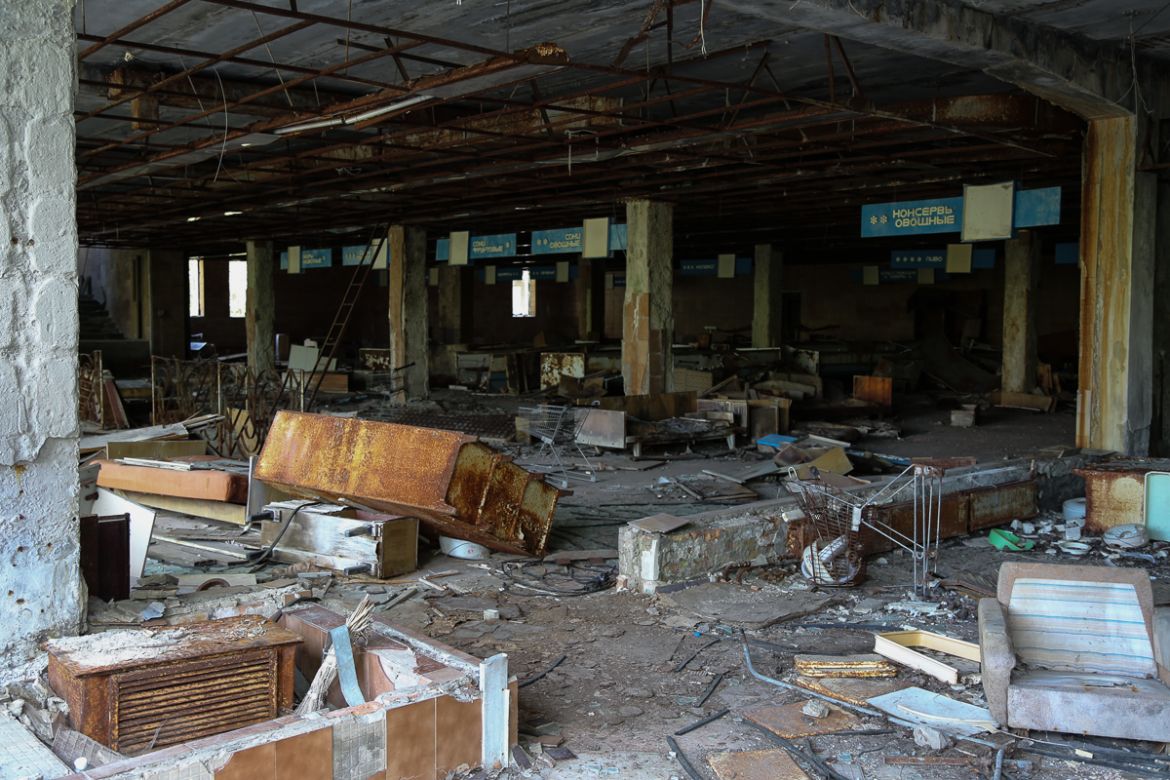
![Soviet-era posters and signs in Pripyat’s ruined community theatre. [Blake Sifton/Al Jazeera]](/wp-content/uploads/2018/09/1f42f81cba584308ad255380426ed4ec_8.jpeg?fit=1170%2C780&quality=80)
